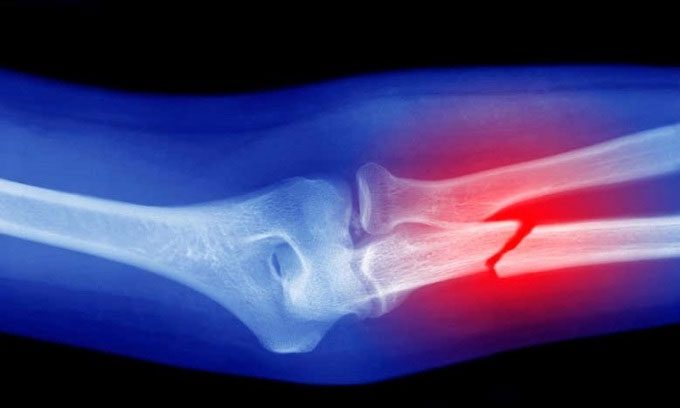Researchers are experimenting with messenger RNA to heal fractures, achieving promising results in trials conducted on mice.
While fractures often heal on their own, there are cases where bone does not regenerate, leading to serious clinical issues, including the need for amputation. To enhance bone regeneration capabilities, the U.S. Food and Drug Administration (FDA) has approved the use of Bone Morphogenetic Protein 2 (BMP-2) in humans. However, this method is very expensive and only provides moderate effectiveness, along with numerous side effects.

Fractures may not regenerate in some cases. (Photo: Peter Dazeley)
A research team at the Mayo Clinic, along with colleagues in the Netherlands and Germany, has found a more viable and lower-risk solution using messenger RNA. This type of vaccine has been certified for safe use in humans by the FDA. They published their findings from mouse studies in the journal Science Advances on February 16.
According to the research results, messenger RNA can be used in low doses to regenerate bone without accompanying side effects. Moreover, the quality of the newly formed bone is significantly better than that created by BMP-2. The research team also noted that messenger RNA is a good option for bone regeneration as it does not require booster shots. The study showed that the development of new tissue occurred after the use of messenger RNA, which was sustained over an 8-week monitoring period.
Human bone develops in two ways: either through the direct formation of bone cells from mesenchymal stem cells or through a process called ossification, where cartilage gradually transforms into bone. BMP-2 therapy is based on the former method, while messenger RNA approaches the latter. The research team concluded that messenger RNA could heal large bone fractures in a superior manner compared to recombinant proteins.
The researchers also emphasized that findings in mice are limited and further studies in larger animals are necessary before proceeding to clinical trials.


















































